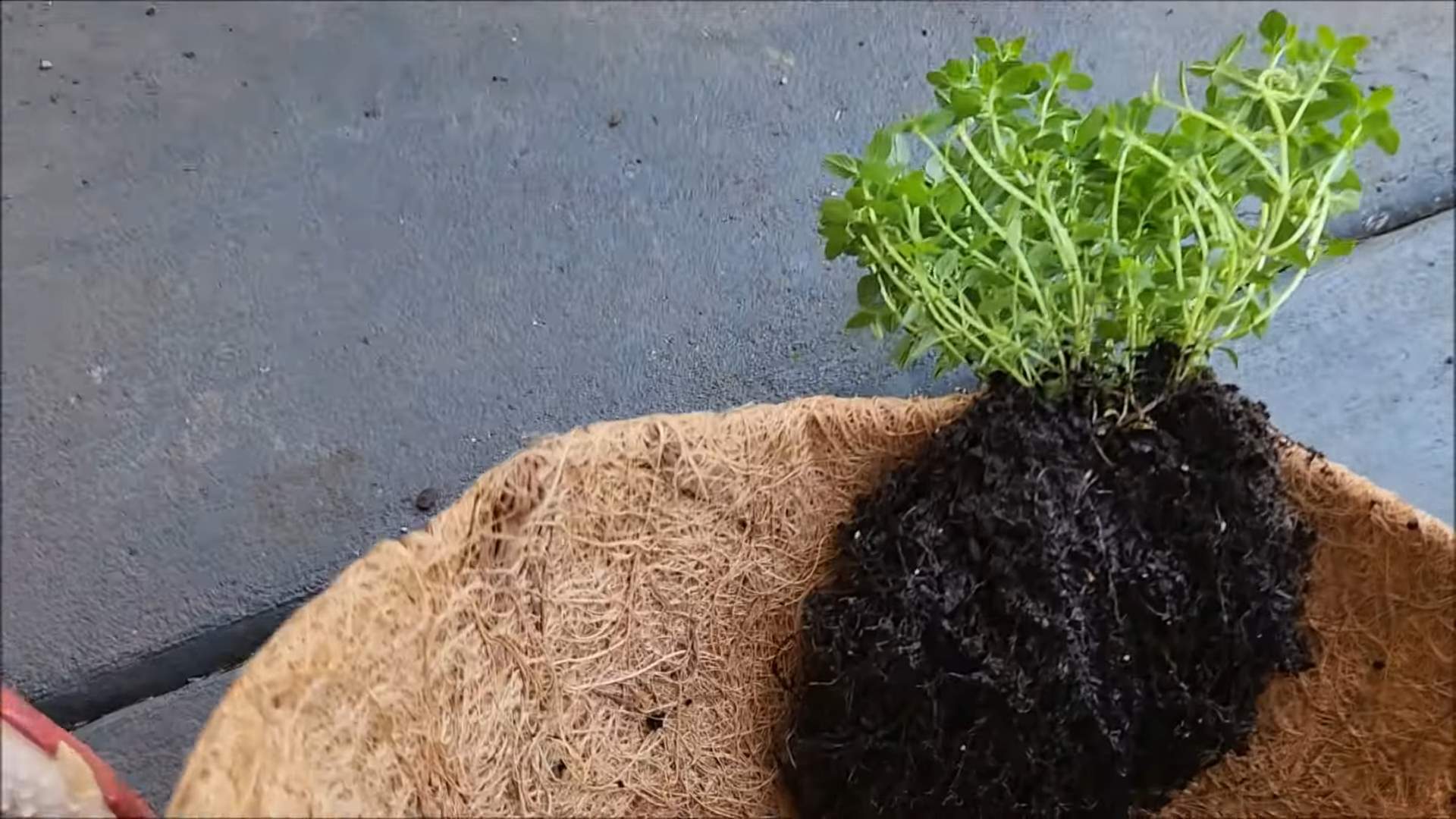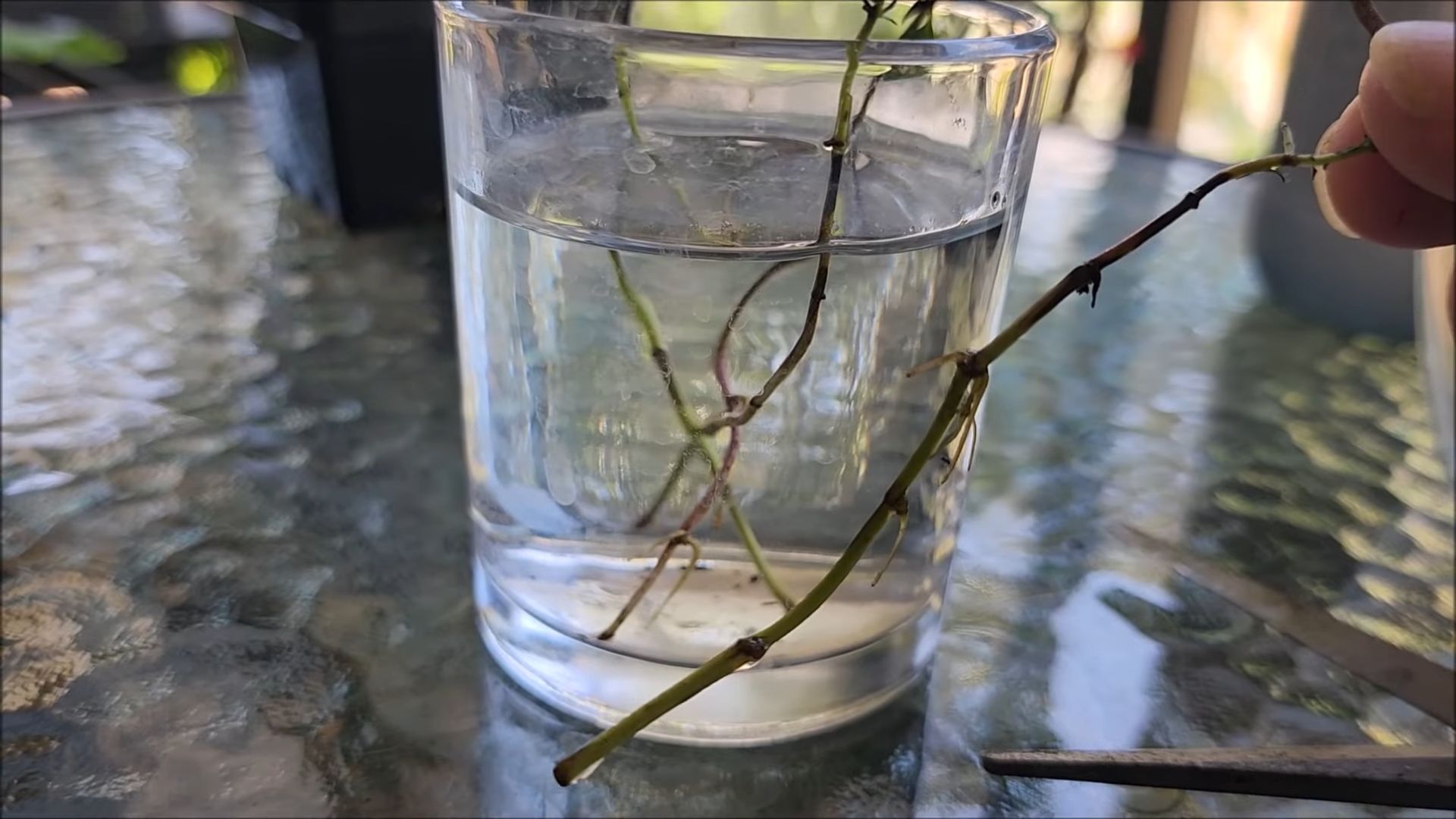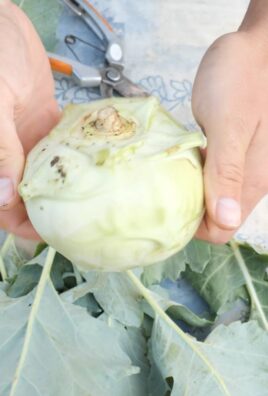Growing Thyme Indoors doesn’t have to be a daunting task! Imagine fresh, fragrant thyme readily available right in your kitchen, ready to elevate your culinary creations. Forget those sad, wilted sprigs from the grocery store. I’m going to show you how to cultivate your own thriving thyme plant, bringing a touch of the Mediterranean into your home, no matter the season.
Thyme, with its rich history dating back to ancient Egypt where it was used for embalming, and later by the Greeks as a symbol of courage, has always been cherished for its medicinal and culinary properties. For centuries, people have relied on this versatile herb, and now, you can easily enjoy its benefits without even stepping outside.
In today’s busy world, convenience is key. Let’s face it, running to the store every time you need a pinch of thyme is simply impractical. Plus, store-bought herbs can be expensive and often lack the vibrant flavor of freshly grown ones. That’s where this DIY guide comes in! I’ll walk you through simple, effective techniques for growing thyme indoors, ensuring you always have a supply of this flavorful herb at your fingertips. Get ready to unlock the secrets to a thriving indoor thyme garden and impress your friends and family with your culinary prowess!

Growing Thyme Indoors: A Beginner’s Guide
Hey there, fellow plant enthusiasts! Ever dreamt of having fresh, fragrant thyme right at your fingertips, ready to spice up your culinary creations? Well, dream no more! Growing thyme indoors is surprisingly easy, and I’m here to guide you through every step of the process. Let’s get our hands dirty (metaphorically, for now!) and bring the delightful aroma of thyme into our homes.
Choosing the Right Thyme Variety
First things first, let’s talk thyme types. While all thyme is delicious, some varieties are better suited for indoor growing than others. Here are a few of my favorites:
* English Thyme (Thymus vulgaris): This is the classic thyme you’ll find in most grocery stores. It’s hardy, flavorful, and relatively easy to grow indoors.
* Lemon Thyme (Thymus citriodorus): As the name suggests, this variety has a lovely lemon scent and flavor. It’s a bit more delicate than English thyme, but still manageable indoors.
* Creeping Thyme (Thymus serpyllum): While often used as a ground cover outdoors, creeping thyme can also thrive indoors, especially in hanging baskets or containers where it can cascade over the edges.
Gathering Your Supplies
Before we start planting, let’s make sure we have everything we need. Here’s a checklist:
* Thyme Seeds or Seedlings: You can start from seeds or purchase established seedlings from a local nursery. Seedlings are faster and easier, but starting from seed is more economical.
* Potting Mix: Use a well-draining potting mix specifically formulated for herbs or vegetables. Avoid using garden soil, as it can compact and retain too much moisture.
* Container: Choose a pot that’s at least 6 inches in diameter and has drainage holes. Thyme doesn’t like to sit in soggy soil. Terracotta pots are great because they allow the soil to breathe.
* Grow Lights (Optional): If you don’t have a sunny windowsill, you’ll need grow lights to provide adequate light for your thyme.
* Watering Can or Spray Bottle: For gentle watering.
* Small Trowel or Spoon: For planting and transplanting.
* Pebbles or Gravel (Optional): To improve drainage in the bottom of the pot.
Planting Your Thyme
Now for the fun part! Let’s get our thyme planted.
Starting from Seeds:
1. Prepare the Pot: Fill your chosen container with the well-draining potting mix, leaving about an inch of space at the top. Gently pat down the soil.
2. Sow the Seeds: Sprinkle the thyme seeds evenly over the surface of the soil. Thyme seeds are tiny, so don’t overdo it.
3. Cover Lightly: Lightly cover the seeds with a thin layer of potting mix or vermiculite.
4. Water Gently: Use a spray bottle to mist the soil gently. You want to moisten the soil without disturbing the seeds.
5. Cover with Plastic Wrap: Cover the pot with plastic wrap to create a humid environment. This will help the seeds germinate.
6. Place in a Warm Location: Place the pot in a warm location with indirect sunlight.
7. Monitor and Water: Check the soil moisture daily and mist as needed to keep it moist.
8. Remove Plastic Wrap: Once the seeds germinate (usually in 10-14 days), remove the plastic wrap.
9. Thin Seedlings: Once the seedlings have a few sets of true leaves, thin them out, leaving the strongest seedlings spaced about 2-3 inches apart.
Planting Seedlings:
1. Prepare the Pot: Fill your chosen container with the well-draining potting mix, leaving about an inch of space at the top.
2. Dig a Hole: Dig a hole in the soil that’s slightly larger than the root ball of the thyme seedling.
3. Remove Seedling from Container: Gently remove the thyme seedling from its container. If the roots are tightly bound, gently loosen them with your fingers.
4. Place Seedling in Hole: Place the seedling in the hole, making sure the top of the root ball is level with the surrounding soil.
5. Fill with Soil: Fill in the hole with potting mix and gently pat down the soil around the seedling.
6. Water Thoroughly: Water the seedling thoroughly until water drains out of the drainage holes.
Caring for Your Indoor Thyme
Okay, your thyme is planted! Now, let’s talk about how to keep it happy and thriving.
Light:
Thyme needs at least 6-8 hours of sunlight per day. A south-facing windowsill is ideal. If you don’t have enough natural light, use grow lights to supplement. Position the grow lights about 6-12 inches above the plants.
Watering:
Thyme prefers to dry out slightly between waterings. Water thoroughly when the top inch of soil feels dry to the touch. Avoid overwatering, as this can lead to root rot. Make sure your pot has good drainage.
Temperature:
Thyme prefers temperatures between 60-70°F (15-21°C). Avoid placing your thyme near drafts or heat sources.
Humidity:
Thyme doesn’t need high humidity. Normal household humidity is usually sufficient.
Fertilizing:
Feed your thyme with a balanced liquid fertilizer every 2-4 weeks during the growing season (spring and summer). Dilute the fertilizer to half strength to avoid burning the roots.
Pruning:
Pruning is essential for keeping your thyme bushy and productive. Regularly pinch back the tips of the stems to encourage branching. You can also harvest sprigs of thyme as needed for cooking.
Pests and Diseases:
Thyme is relatively pest-resistant, but it can occasionally be affected by aphids or spider mites. If you notice any pests, spray the plants with insecticidal soap. Overwatering can lead to root rot, so be sure to let the soil dry out slightly between waterings.
Harvesting Your Thyme
The best part of growing your own thyme is, of course, harvesting it!
* When to Harvest: You can start harvesting thyme once the plants are about 4-6 inches tall.
* How to Harvest: Use scissors or pruning shears to cut sprigs of thyme from the plant. Avoid cutting more than one-third of the plant at a time.
* Drying Thyme: If you want to dry your thyme for later use, tie the sprigs together and hang them upside down in a cool, dry place. Once the leaves are dry and brittle, you can crumble them and store them in an airtight container.
Troubleshooting
Even with the best care, you might encounter a few challenges along the way. Here are some common problems and how to fix them:
* Yellowing Leaves: This could be a sign of overwatering, underwatering, or nutrient deficiency. Check the soil moisture and adjust your watering accordingly. If the soil is dry, water thoroughly. If the soil is soggy, let it dry out before watering again. You may also need to fertilize your thyme.
* Leggy Growth: This is usually caused by insufficient light. Move your thyme to a sunnier location or supplement with grow lights.
* Slow Growth: This could be due to a number of factors, including insufficient light, poor soil, or lack of nutrients. Make sure your thyme is getting enough light, use a well-draining potting mix, and fertilize regularly.
* Root Rot: This is caused by overwatering. Make sure your pot has good drainage and let the soil dry out slightly between waterings. If you suspect root rot, you may need to repot your thyme in fresh soil.
Enjoying Your Homegrown Thyme
Congratulations! You’re now a thyme-growing pro! Enjoy the fresh, fragrant flavor of your homegrown thyme in all your favorite dishes. Add it to soups, stews, sauces, roasted vegetables, and meats. You can even use it to make thyme-infused oil or vinegar. The possibilities are endless!
Growing thyme indoors is a rewarding experience that brings a touch of nature into your home. With a little care and attention, you can enjoy fresh thyme year-round. Happy growing!

Conclusion
So, there you have it! Growing thyme indoors isn’t just a whimsical dream for those of us yearning for fresh herbs year-round; it’s an achievable reality. We’ve walked through the essentials, from selecting the right variety and providing adequate light to mastering the art of watering and harvesting. But why should you actually take the plunge and dedicate a little windowsill space to this fragrant herb?
Simply put, growing thyme indoors offers a multitude of benefits that far outweigh the minimal effort required. Imagine the convenience of snipping fresh thyme sprigs whenever a recipe calls for it, elevating your culinary creations with a burst of unparalleled flavor. No more last-minute grocery store runs or settling for dried herbs that lack the vibrant aroma and taste of the fresh stuff. Think of the savings you’ll accumulate over time, especially if you frequently use thyme in your cooking. And beyond the practical advantages, there’s the sheer joy of nurturing a living plant, watching it thrive under your care, and connecting with nature in a small but meaningful way.
This DIY trick isn’t just about saving money or adding flavor to your dishes; it’s about embracing a more sustainable and self-sufficient lifestyle. It’s about bringing a touch of the garden indoors, even if you don’t have a sprawling backyard. It’s about experiencing the satisfaction of growing your own food, however small the scale.
But the beauty of growing thyme indoors lies in its adaptability. Feel free to experiment with different varieties, such as lemon thyme for a citrusy twist or creeping thyme for a ground cover effect in a larger container. Consider using different types of pots, from terracotta to self-watering planters, to find what works best for your space and watering habits. You can even create a miniature herb garden by combining thyme with other compatible herbs like rosemary, oregano, and chives.
Don’t be afraid to get creative and personalize your thyme-growing experience!
And remember, success in gardening often comes down to observation and adaptation. Pay attention to your thyme plant’s needs, adjust your watering schedule as needed, and don’t hesitate to troubleshoot any issues that may arise. With a little patience and care, you’ll be rewarded with a thriving thyme plant that provides you with fresh herbs for months to come.
We wholeheartedly encourage you to try this DIY trick and experience the joys of growing thyme indoors for yourself. It’s a simple, rewarding, and delicious way to enhance your cooking and connect with nature.
Once you’ve embarked on your thyme-growing adventure, we’d love to hear about your experience! Share your tips, tricks, and photos in the comments below. Let’s create a community of indoor herb enthusiasts and inspire others to bring the garden indoors. What variety of thyme did you choose? What challenges did you face, and how did you overcome them? What are your favorite ways to use your homegrown thyme? We can’t wait to hear your stories!
Frequently Asked Questions (FAQ)
Q: What is the best variety of thyme to grow indoors?
A: While many thyme varieties can be grown indoors, common thyme (Thymus vulgaris) is generally considered the easiest and most versatile option. It’s readily available, relatively low-maintenance, and boasts a classic thyme flavor that complements a wide range of dishes. Lemon thyme (Thymus citriodorus) is another popular choice, offering a delightful citrusy aroma and flavor. Creeping thyme (Thymus serpyllum) can also be grown indoors, but it’s more commonly used as a ground cover and may not be as flavorful as other varieties. Ultimately, the best variety for you depends on your personal preferences and culinary needs. Experiment with different types to discover your favorite!
Q: How much sunlight does indoor thyme need?
A: Thyme thrives in bright, sunny conditions. Ideally, it needs at least 6-8 hours of direct sunlight per day. A south-facing window is usually the best option, but east- or west-facing windows can also work if they provide sufficient light. If you don’t have access to enough natural light, you can supplement with a grow light. Position the grow light a few inches above the plant and keep it on for 12-14 hours per day. Insufficient light can lead to leggy growth and a weaker flavor.
Q: How often should I water my indoor thyme plant?
A: Overwatering is a common mistake when growing thyme indoors. Thyme prefers well-drained soil and doesn’t like to sit in soggy conditions. Water your thyme plant only when the top inch of soil feels dry to the touch. When you do water, water thoroughly until the water drains out of the bottom of the pot. Be sure to empty the saucer underneath the pot to prevent root rot. During the winter months, when growth slows down, you may need to water even less frequently.
Q: What kind of soil should I use for growing thyme indoors?
A: Thyme needs well-draining soil to thrive. A potting mix specifically formulated for herbs is a good choice. You can also create your own potting mix by combining equal parts of potting soil, perlite, and sand. Perlite and sand help to improve drainage and prevent the soil from becoming compacted. Avoid using garden soil, as it can be too heavy and may contain pests or diseases.
Q: How do I harvest thyme from my indoor plant?
A: Harvesting thyme is easy! Simply snip off sprigs of thyme with clean scissors or pruning shears. Avoid cutting more than one-third of the plant at a time, as this can stress the plant and hinder its growth. The best time to harvest thyme is in the morning, after the dew has dried. You can use the fresh thyme sprigs immediately, or you can dry them for later use. To dry thyme, tie the sprigs together and hang them upside down in a cool, dry place until they are completely dry.
Q: My thyme plant is looking leggy and weak. What should I do?
A: Leggy growth in thyme is often a sign of insufficient light. Move your plant to a sunnier location or supplement with a grow light. You can also prune back the leggy stems to encourage bushier growth. Make sure you are not overwatering your thyme plant, as this can also contribute to weak growth. Check the soil drainage and adjust your watering schedule as needed. Fertilizing with a balanced liquid fertilizer can also help to promote healthy growth.
Q: Can I grow thyme from seed indoors?
A: Yes, you can grow thyme from seed indoors, but it can be a bit more challenging than starting with a seedling or cutting. Thyme seeds are very small and can be slow to germinate. To start thyme from seed, sow the seeds in a seed-starting mix and keep them moist but not soggy. Provide plenty of light and warmth. Once the seedlings are large enough to handle, transplant them into individual pots.
Q: How do I propagate thyme from cuttings?
A: Propagating thyme from cuttings is a relatively easy way to create new plants. Take a 4-6 inch cutting from a healthy thyme plant, removing the lower leaves. Dip the cut end in rooting hormone and plant it in a pot filled with moist potting mix. Cover the pot with a plastic bag to create a humid environment. Keep the cutting in a warm, bright location, but out of direct sunlight. After a few weeks, the cutting should develop roots. Once the roots are established, you can transplant the new thyme plant into a larger pot.
Q: My thyme plant is attracting pests. What should I do?
A: While thyme is generally pest-resistant, it can occasionally be affected by pests such as aphids, spider mites, or whiteflies. If you notice pests on your thyme plant, try spraying it with a strong stream of water to dislodge them. You can also use insecticidal soap or neem oil to control pests. Be sure to follow the instructions on the product label carefully. Regularly inspect your thyme plant for pests to catch infestations early.
Q: How do I overwinter my indoor thyme plant?
A: Thyme is a perennial herb, meaning it can live for several years. To overwinter your indoor thyme plant, reduce watering and fertilizing during the winter months, when growth slows down. Keep the plant in a cool, bright location. You may need to supplement with a grow light if natural light is limited. In the spring, you can resume regular watering and fertilizing. You may also want to repot your thyme plant into a larger pot if it has outgrown its current container.




Leave a Comment